There are a number of reasons for not seeing birds in a birdbath. You may not have allowed enough time for birds to find your birdbath, birds may actually be coming but you don’t see them or cats may be disrupting an array of local species. Placement as well as the type of habitat provided in your garden are essential to a well frequented birdbath. This article explains common problems with attracting birds to a garden and how to position a birdbath amongst native plant species so that birdlife has the opportunity to thrive.
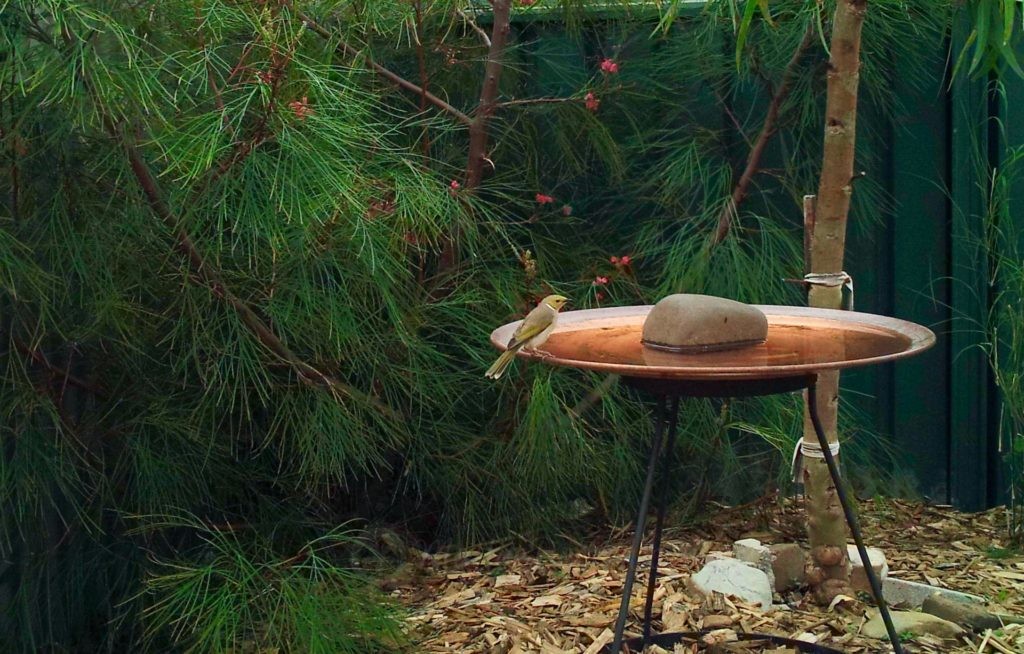
Birds may take between a few days and a few weeks to discover and start visiting the birdbath. It may be quicker if your garden has previously provided a source of water since birds will already be looking for water in that location. If your birdbath is the first source of water to be introduced to the garden then it may take a few weeks for birds to find it. Sometimes they come almost immediately, sometimes they wait for the bright copper to discolour and become less reflective.
Many birds will visit at dawn and dusk and will avoid times when human activity is present. A cheap wildlife trap camera, such as the one shown below, is an excellent way to get a record of birds visiting whilst no one is looking. You might also try an early morning to try witness the dawn chorus!
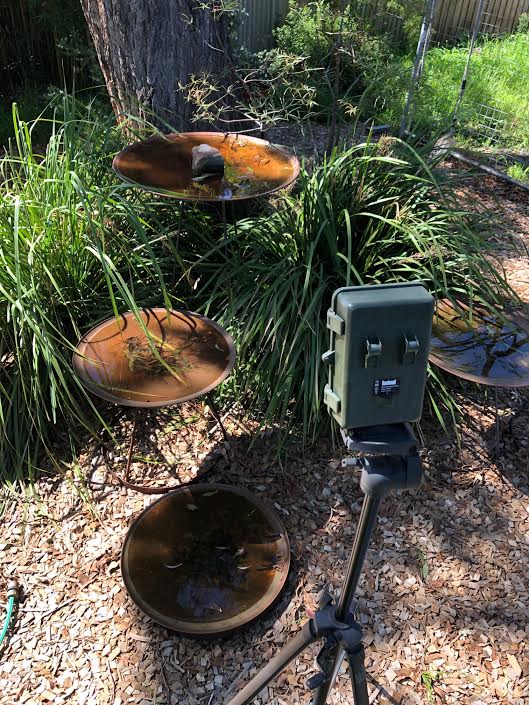
Another common reason for the absence of birds is neighbourhood cats. Cats can leave a scent that birds will detect and avoid. Too much foliage around a birdbath offers cats the opportunity to hide and strategically pounce on bird species at close range. We find that wildlife trap cameras will often capture visiting cats, especially at night. To avoid cat predation try to raise your birdbath as much as possible and position it in an area of your garden not frequented by cats. Raising your bath to at leat one metre is recommended if you know cats are present in your area.
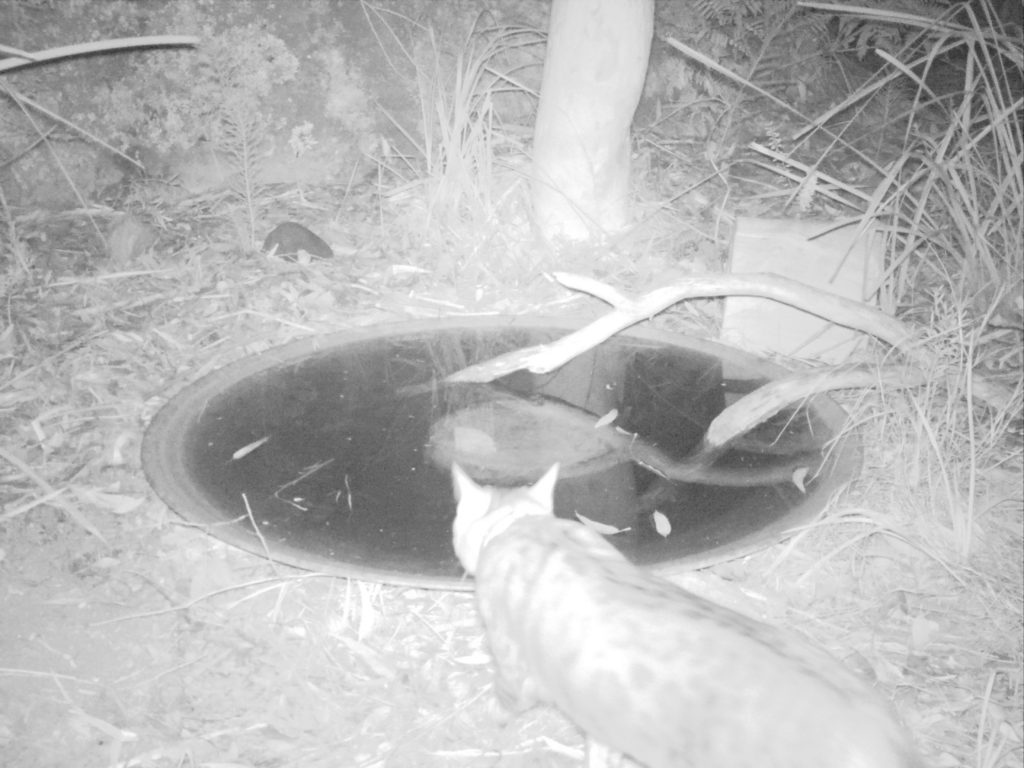
There are various other strategies that one can try to keep cats away; a quick google search reveals a few different strategies. We scatter human hair in key places around. It is difficult to judge how effective this is.
You may also struggle to see birds if the birdbath is exposed to full sun or in an exposed position, without any local tree cover or local planting. Birds like to land in nearby trees and bushes to survey the area for any threats before committing to a bath or drink. Small birds in particular are unlikely to frequent a birdbath without any nearby shelter. Overhanging plants protect them from the larger predatory birds that might swoop in and attempt an attack. Only the larger, more confident birds (like the currawongs) tend to visit an exposed bath.
Another thing to note about exposed birdbaths is that the temperature of the water inside them will warm up throughout the day. Shading the bath will make the water cooler and more refreshing for the birds to drink from on those hot days.
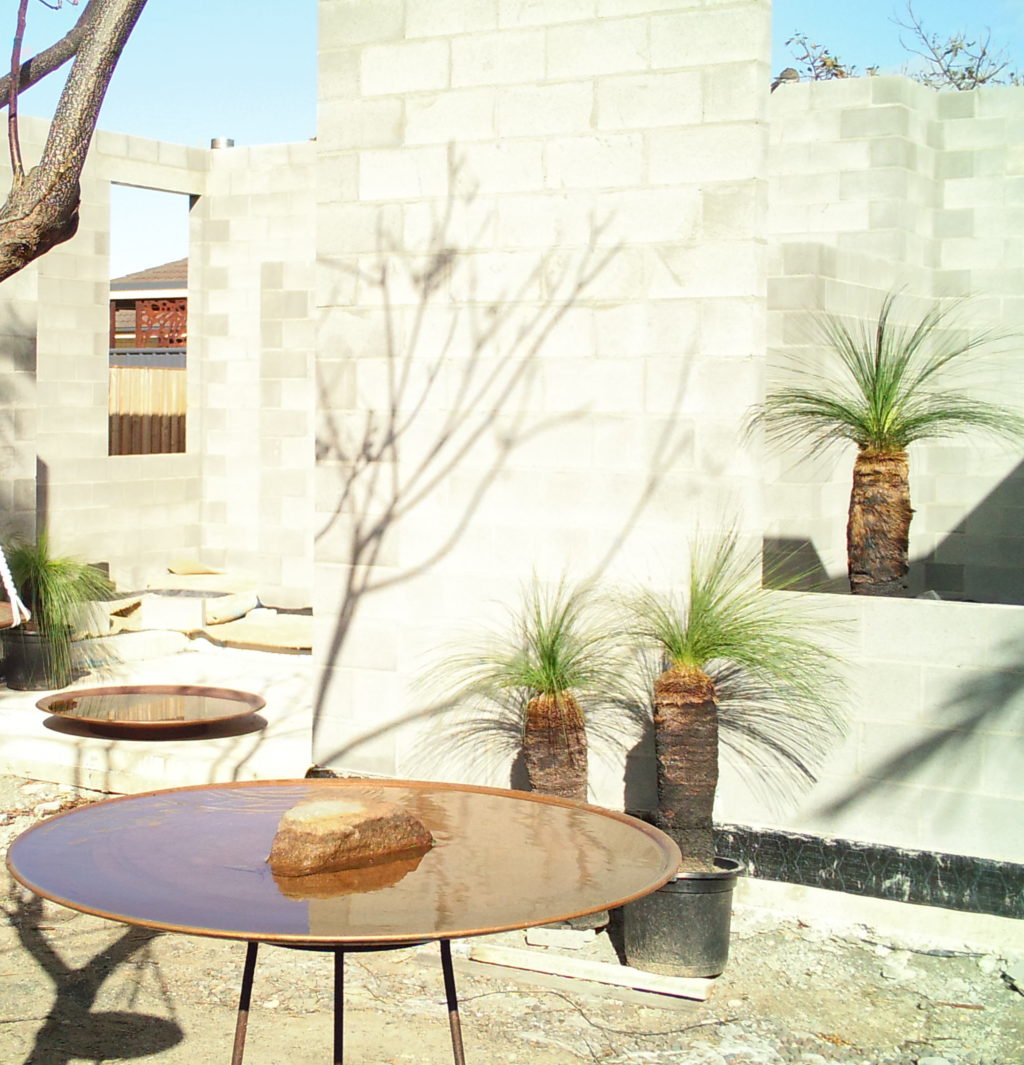
Perch points are another important aspect of setting up a birdbath. Perch points allow birds to examine the depth of the water before jumping in. It’s a good idea to place a rock in the centre of the bath as another perching point. Overhanging branches and adjacent shrubs will also improve bird accessibility.

Once you’ve setup your birdbath in an appropriate location think about the types of birds you want to attract. One of the best ways to attract more birds to the garden is to plant bird-attracting plants; plants that offer food. With food close-by birds will be able to feast and drink close together. Here is a list of plants that will attract birds: https://malleedesign.com.au/category/bird-attracting/.
With the right planting it is possible to attract specific species of birds. For example, if you wanted to attract Satin Bowerbirds you could plant the native lily, Dianella caerulea, which produces a succulent blue fruit.
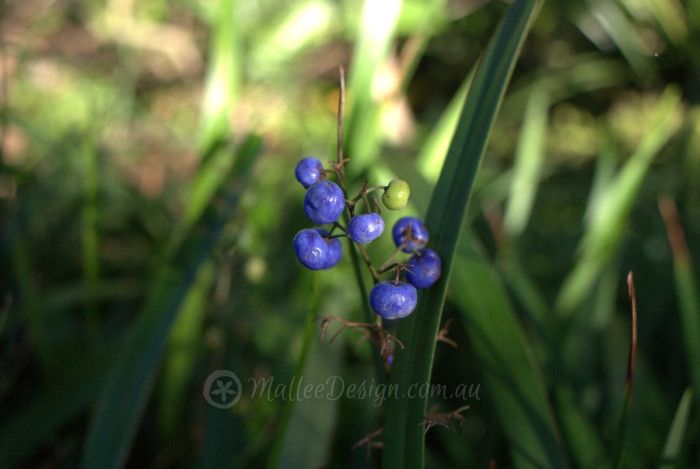
Bowerbirds use the fruit to decorate their bowers and are also one of several native birds that feed on the fruits. What’s more is the dense leafage of the lily provides shelter for small birds like wrens or thornbills to hang out in.
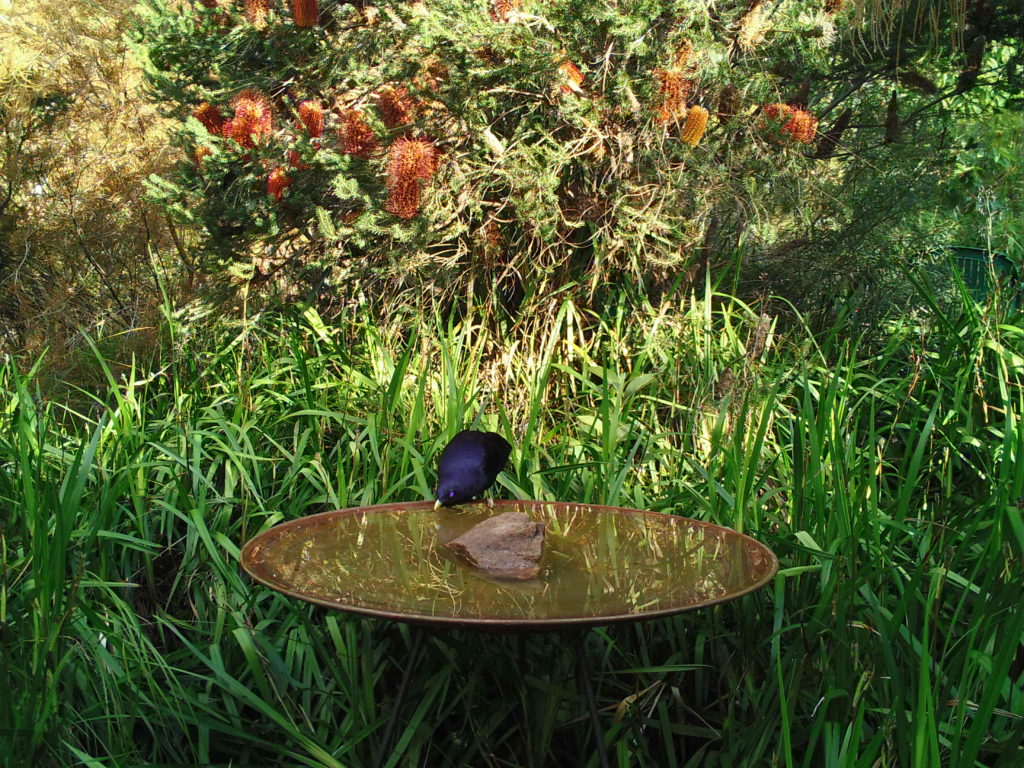
Before going all-out with planting native species it is important to think about the kinds of birds you want to attract. Different groups of birds prefer different habitats and food sources. Keep in mind that many birds will visit seasonally, in line with when their food sources are available. If they are a migratory species you might only see them when they are stopping to rest in your area.
If you are not seeing a particular bird in your garden it might be a good idea to check BirdLife Australia’s website for more details on its geographic distribution, feeding habits and seasonality: https://birdlife.org.au/all-about-birds/australias-birds

One way of thinking about birds is in the following five groups:
Insectivorous birds, like Superb Fairy Wrens and many of the smaller birds, will be attracted to a garden that has insect-attracting plants e.g. wattles (Acacias) and tea trees (Leptospermum). They tend to prefer spiky habitat shrubs, which offer refuge and shelter from predators.
Parrots, like the Crimson Rosellas and Rainbow Lorikeets are seed-eating birds but will also prey on insects and sometimes drink nectar too. Their beaks are designed for prying open nuts and seeds from native species.
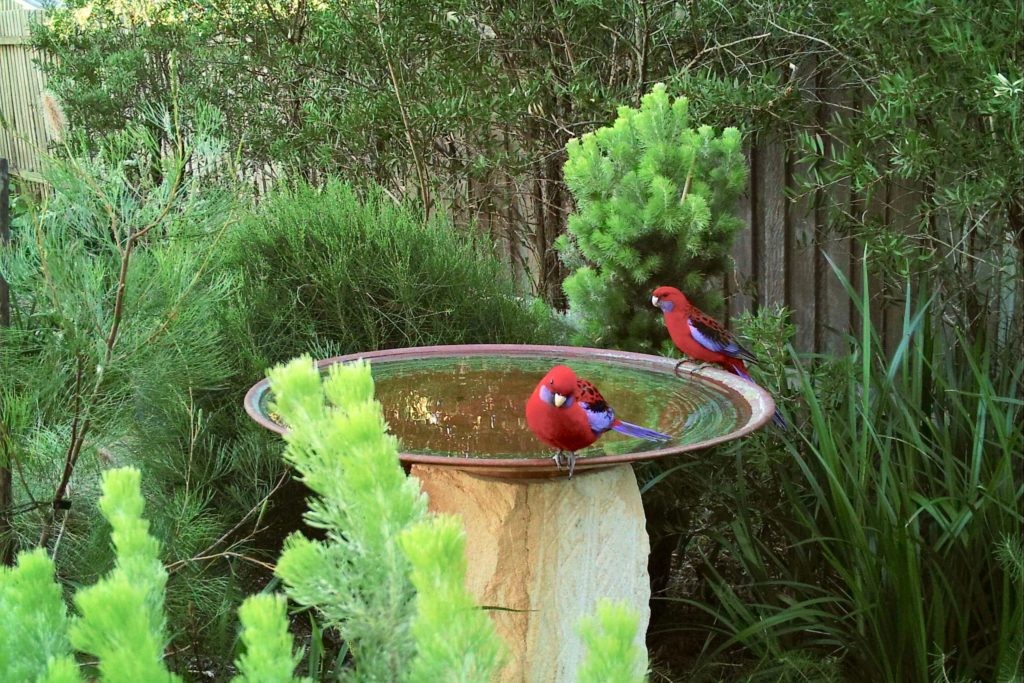
Honeyeaters love those wonderful, nectar-filled flowers iconic to eucalypts, Melaleucas and Callistemons. One examples is Angophora hispida, a small tree with blossoming white flowers in summer, that attracts Little Wattlebirds.

Carnivorous birds, including the Kookaburras, butcherbirds and magpies tend to be bolder birds. They will not shy away from an exposed birdbath. These birds will hunt larger prey such as lizards and skinks in your garden as well as smaller insects. Many of them are generalist feeders.
Larger birds will tend to be bold and may dominate a garden if there isn’t enough habitat protection around for the smaller birds. They also include cockatoos, like the beautiful Yellow-tailed Black Cockatoo, which like to feed on large Banksia and Casuarina seeds.
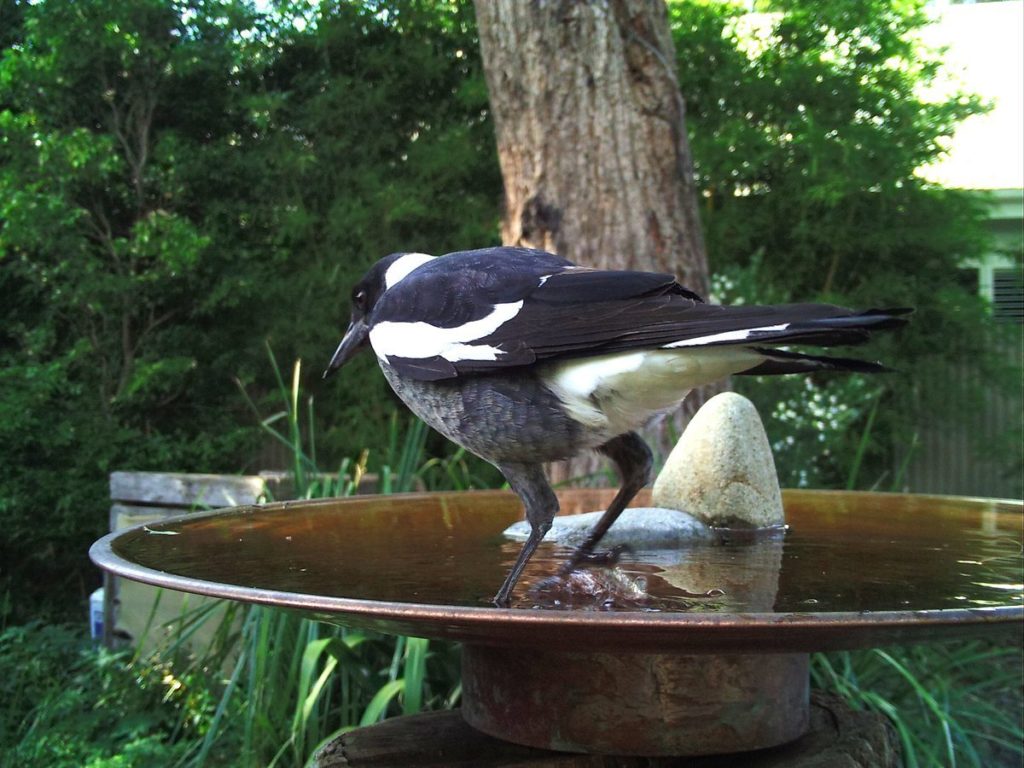
The following resource by Birdlife Australia has extra tips on how to attract different groups of birds: https://birdlife.org.au/images/uploads/education_sheets/INFO-Attracting-birds-to-garden.pdf
If you’re still having difficulty attracting birds to your garden after considering these factors then try moving your birdbath to a different part of your garden. Maybe the birds just don’t like the fengshui of the spot that it is in at the moment!
Good luck with your birdbath and happy birdwatching,
The Mallee Team

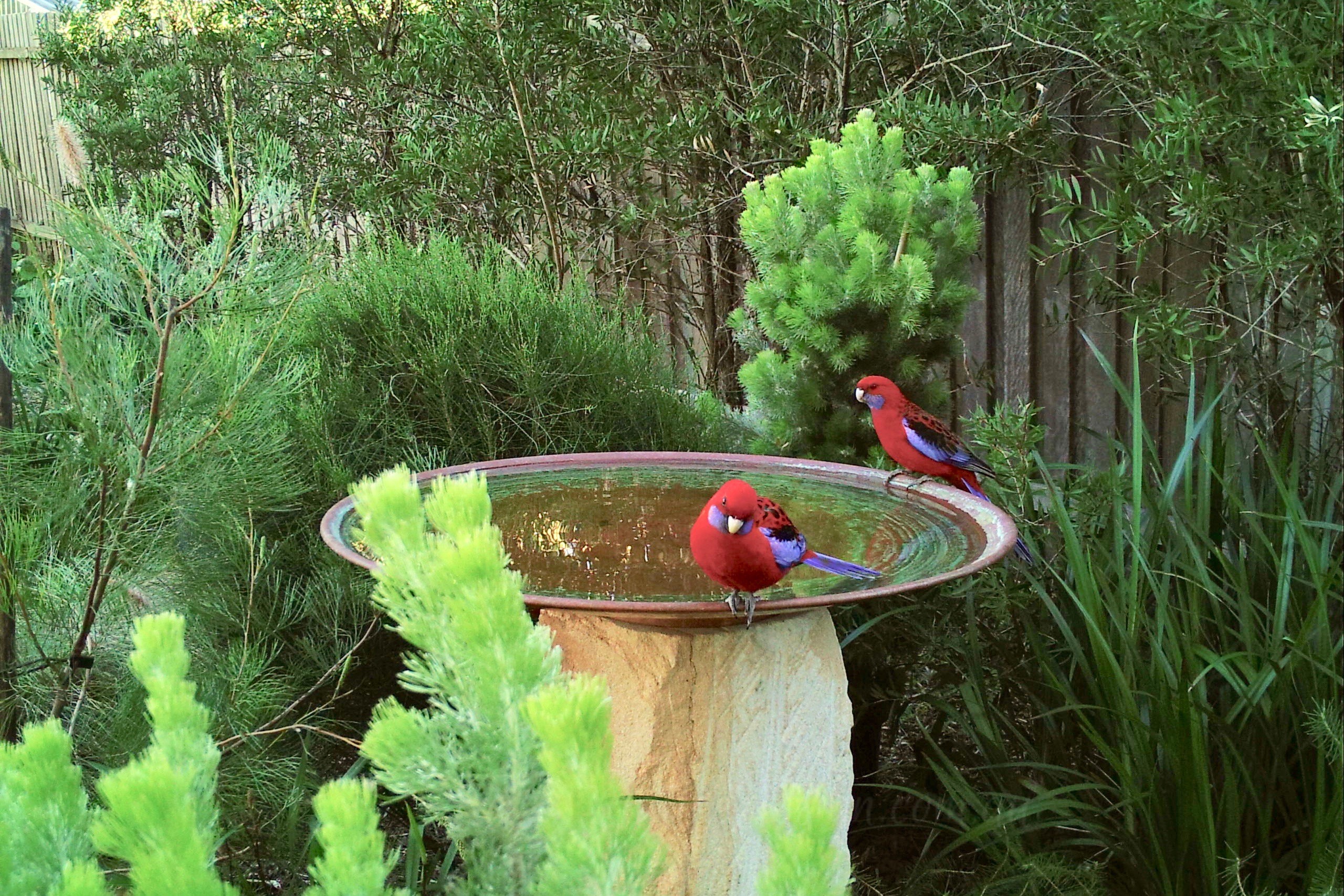
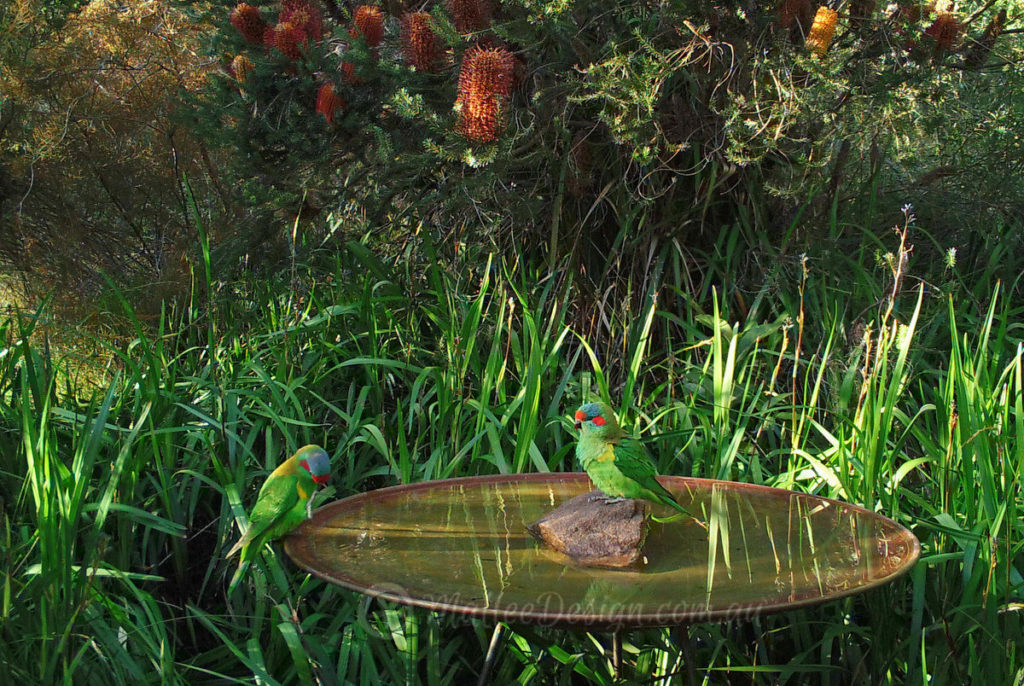

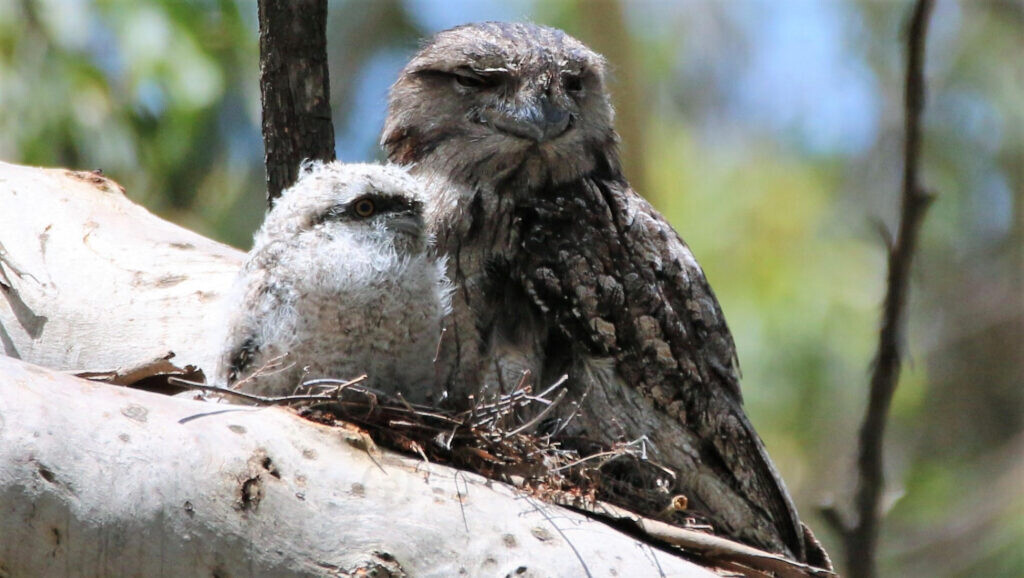
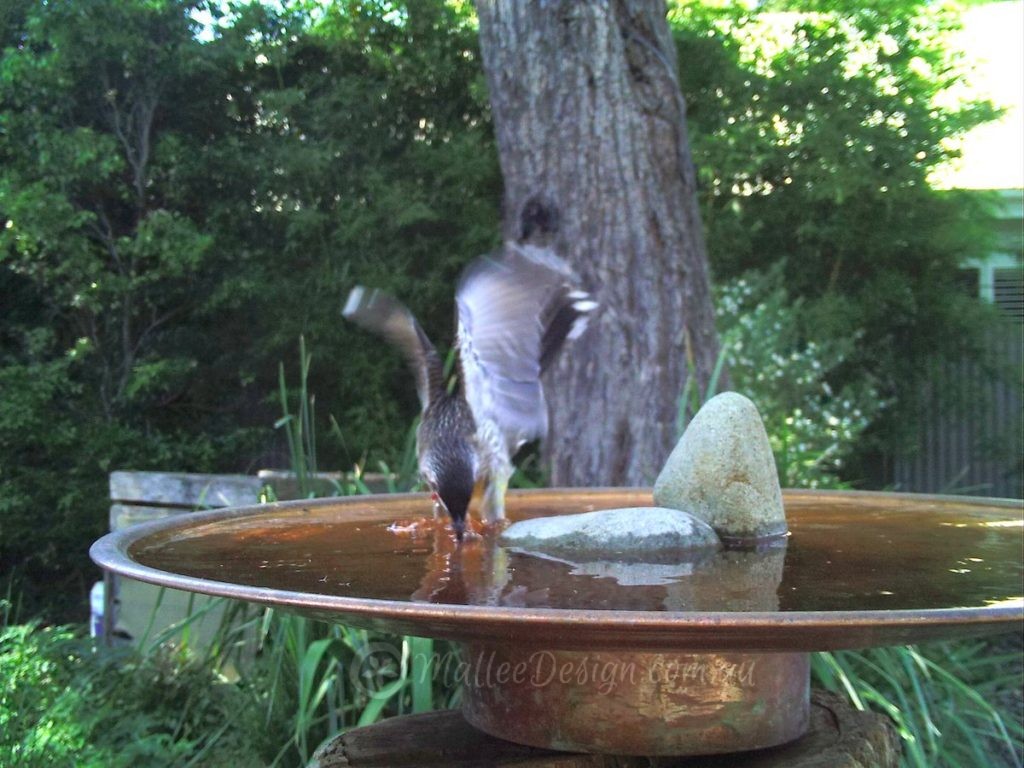

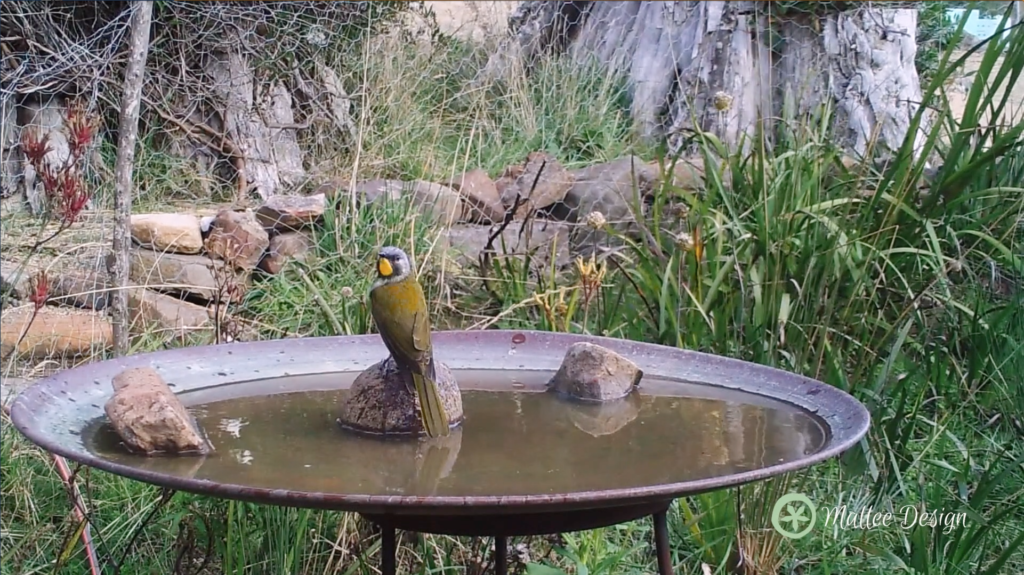
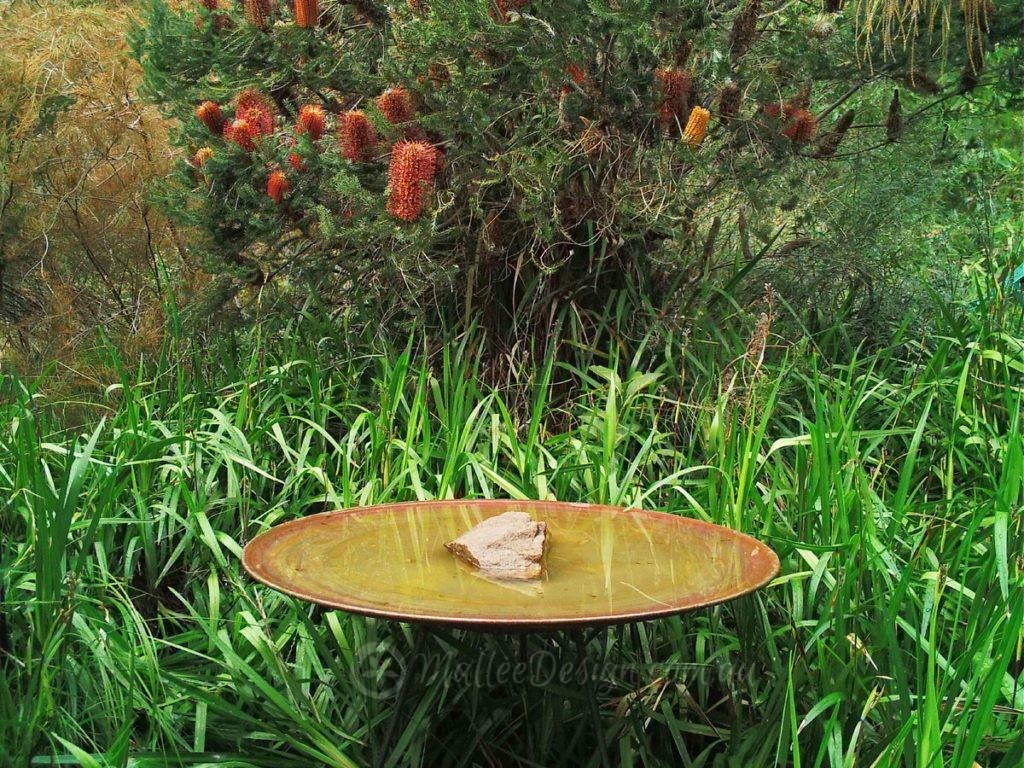
Leave a Reply